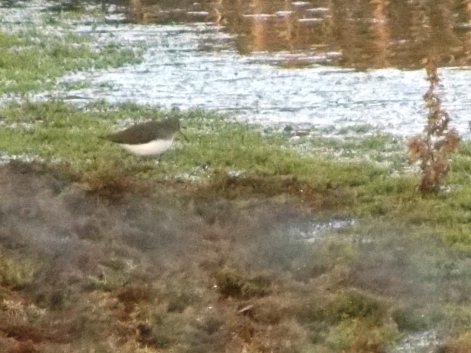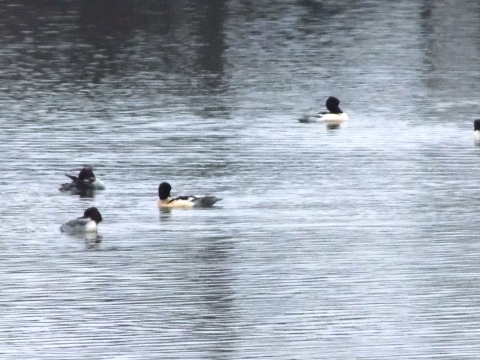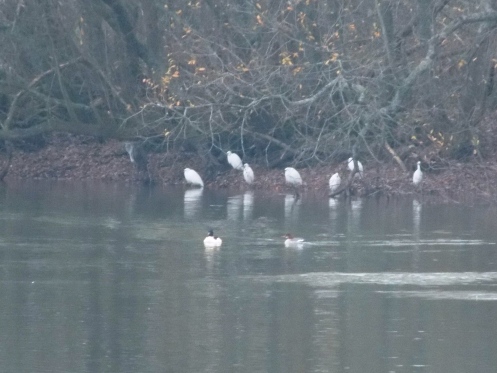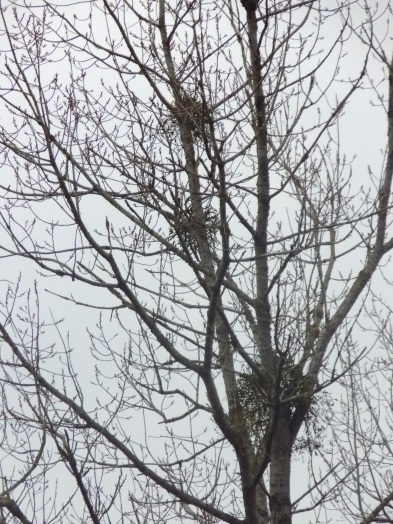I will begin with some admin from my last post. In said post I shared a distant photo from my visit to Blashford Lakes of what I thought was a dunlin.

Tom Moodie suggested that it's actually a green sandpiper. I'm happy to bow to his superior knowledge. I find wader identification particularly challenging. Green sandpipers are winter migrants that can be seen on freshwater margins in the South of the UK- this individual certainly ticks all those boxes!
A few weeks ago I shared my excitement at spotting a pair of goosander on the local fishing lake. I walked past the lake again today and was amazed to see that there was a whole flock of goosander.


I counted over 30 individuals which was great! There was also a large number of little egrets on the shore of the lake too, around 20 in total.

Look at that- egrets, goosander and I think a cormorant on the left all within a few hundred yards of my house! Speaking of cormorants I have noticed that the cormorant roost too has grown in numbers- I spotted about fifteen individuals this afternoon. Whilst you can't see the lake from our house you can stand at the end of our drive and see the cormorant roost.
The housing estate is always home to a lot of starlings and they gather in large numbers in the afternoons at the moment. Some trees end up covered in them.

Also appearing in large clumps in the local trees at the moment is mistletoe.

Mistletoe is of course a parasitic plant, relying on its host tree for life. It attaches to the tree and penetrates its branches, absorbing water and nutrients from them. Large plants can kill parts of the branch and a heavy infestation can even kill the whole tree. Mistletoe is actually really important ecologically though as it provides food for lots of different species of birds.
I've seen the Avon roe deer a few times lately and today I got a really close look at three deer in some farmland. Although they gave me a good look these deer didn't see too worried that I was only a couple of hundred metres away from them.


I'm sad to say that where these deer were is yet another area of Ringwood threatened by development. Plans for the first phase of a 175 home development on this site were submitted this week. (Further details here).
I do recognise that nationally we need more houses. The trouble is that Ringwood has grown and grown and in my opinion has reached capacity. The doctors are full, the schools are full and the local roads are virtually a permanent traffic jam.
But even more importantly, this is a great site for wildlife. Roe deer this weekend. The kestrel I saw a lot about a month ago was here. Virtually all the butterfly photos I shared on this blog in the spring and summer were here. And I only pass through here once a week and must only see a fraction of what's actually there.
All the wildlife in this post was seen within half a mile of my house. It's incredible and I feel so privileged to live here. But with every green space on the edge of the town (no exaggeration) being planned or considered for development we could lose most of it in the next twenty to thirty years and it breaks my heart.

No comments:
Post a Comment